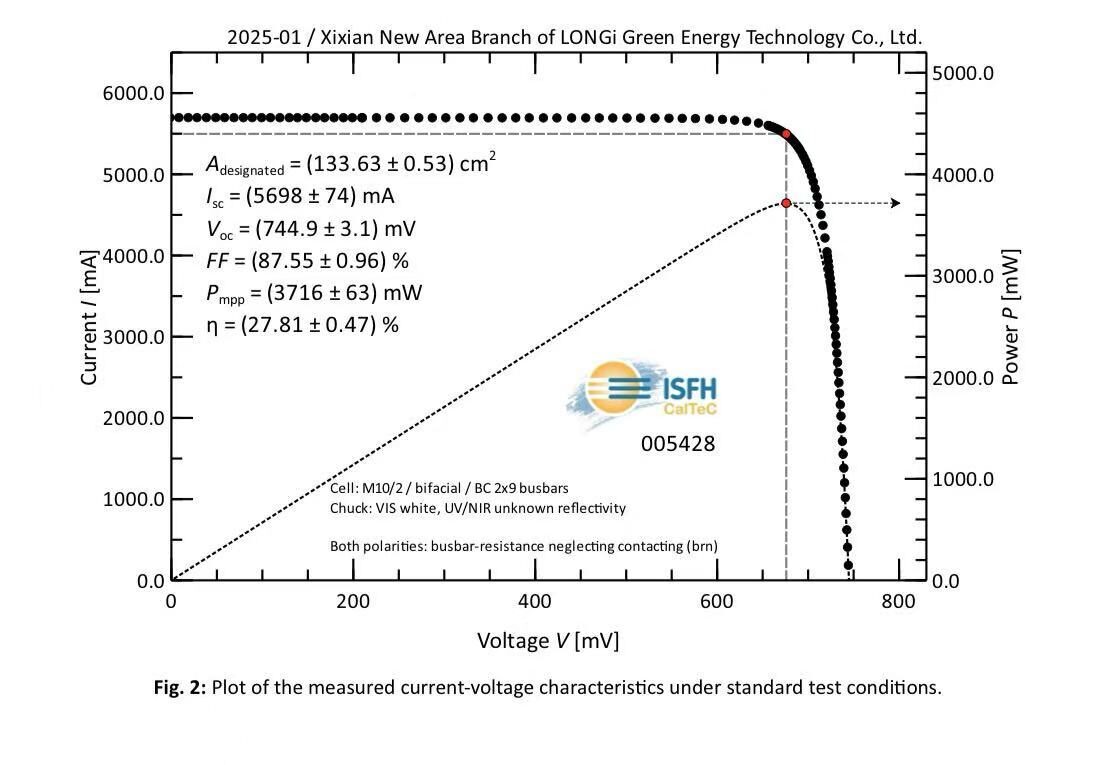The cost of the Netherlands’ energy transition would be lower if more were invested in renewable energy R&D, according to the Energie wordt goedkoper – Energy will become cheaper – report by the nation’s Organisation for Applied Scientific Research (TNO).
The authors of the report outlined two scenarios up to 2050: one featuring a steady fall in the costs of solar and wind power generation; and an alternative picture notable for a steep fall in costs, particularly for PV.
“In the case of a stronger cost reduction of solar and wind energy alone, the total investment costs for the energy transition would be more than 10% lower,” the writers claimed, adding technologies such as energy storage, LED lighting, biofuel and hydrogen are at an early stage of their learning curves and have huge potential to reduce costs.
Solar has seen costs fall by a factor of four over five years, according to the study, with generation possible for less than €0.025/kWh in the Middle East. “Those cost reductions of solar and wind energy will continue unabated in the coming years if investments continue to be made in innovation,” the report stated. That would mean, the researchers said, investing in solar and wind would become increasingly attractive versus conventional power generation.
Innovation must continue
The authors of the paper added, the current success of solar and wind – including projects developed without public subsidy – depends not only on large volumes of deployed capacity worldwide, but also on applied research by scientific institutions and companies active in the industry.
The report was also intended to rebut media speculation that the Netherlands’ energy transition could have significant costs for taxpayers and potentially negative consequences for the country’s economic growth.
Targeted investment in innovation could not only significantly reduce the costs of the energy transition, but also ensure substantial macroeconomic and social benefits, TNO experts wrote. “If we continue to invest broadly in innovation, in the development of new technologies and production methods, and in planning the transition smartly, there will be numerous opportunities for new business, exports, jobs and also a cleaner environment.” the report stated.
The study also revealed the Integrated Knowledge and Innovation Agenda of the Netherlands’ energy strategy – the Energieakkord – is developing 13 innovation programs. “It is important that there is more synergy between these programs to prevent unprofitable investments,” TNO researchers added.
The Netherlands reached a cumulative installed PV capacity of 4.2 GW at the end of 2018. According to a recent report by Dutch research institute the Energieonderzoek Centrum Nederland, the nation is expected to reach 6 GW by next year, and 20 GW by 2035.
This content is protected by copyright and may not be reused. If you want to cooperate with us and would like to reuse some of our content, please contact: editors@pv-magazine.com.




By submitting this form you agree to pv magazine using your data for the purposes of publishing your comment.
Your personal data will only be disclosed or otherwise transmitted to third parties for the purposes of spam filtering or if this is necessary for technical maintenance of the website. Any other transfer to third parties will not take place unless this is justified on the basis of applicable data protection regulations or if pv magazine is legally obliged to do so.
You may revoke this consent at any time with effect for the future, in which case your personal data will be deleted immediately. Otherwise, your data will be deleted if pv magazine has processed your request or the purpose of data storage is fulfilled.
Further information on data privacy can be found in our Data Protection Policy.